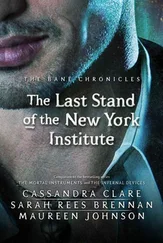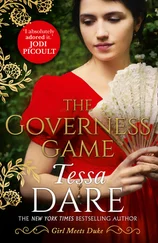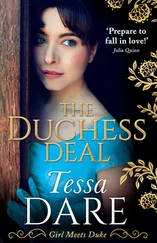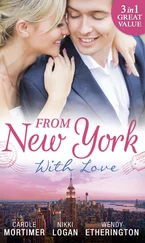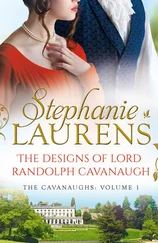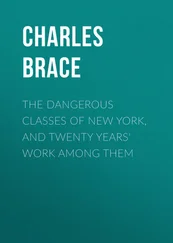When I first saw the paper in the mid-fifties, it had climbed back to 65,000, despite its opposition to the war in Korea, which was vigorously supported by New York’s Cardinal Spellman, who sprinkled holy water on the guns of the troops at Christmas. There were new controversial currents rising to the surface in the fifties that the Worker had caught, and it attracted a small but growing audience who found their own feelings expressed in the words and the woodcuts that illustrated them in this personal-sounding, radical paper that still cost only a penny a copy.
One of the paper’s associate editors I met at the hospitality house was twenty-three-year-old Bob Steed, who had discovered the Worker when he saw the issue with a front-page illustration of Jesus embracing a Negro and a white worker, who are shaking hands. Steed sold copies of the Catholic Worker throughout the South before coming to live at Chrystie Street. When I first saw the paper that summer of 1955, it was (like Dorothy and Ammon and their friends) campaigning against nuclear testing, and protesting the “sham” of civil defense air-raid drills.
What drew me to the Catholic Worker movement, first as a journalist and then as a friend and sympathizer—a sort of idealistic fellow traveler—wasn’t just the colorful personality of Ammon Hennacy, or Dorothy Day’s bohemian-literary past, or even her eloquence or daily dedication to the poor. It was all those things perhaps, but more, a real mystique that called to young people of the fifties and drew them from all across the country, offering in the midst of the grim poverty of the Bowery something that all the glittering affluence around us lacked—a spirit, a purpose, a way of transcending self through service that those who came still vividly remember.
A young student from Boston, dissatisfied with his studies at Columbia Presbyterian Medical Center in New York, made his way to Chrystie Street in the spring of 1952 to look for Dorothy Day. He found her in a crowded room, enmeshed in a conversation with an obviously drunken woman, yet treating her as if she were a person of dignity and worth. When Dorothy saw the young man, she looked up and said, “Are you waiting to talk with one of us?”
Robert Coles became a volunteer and continued to see and listen to Dorothy Day for the rest of her life, after he became a doctor, psychiatrist, writer, and teacher. He recorded many conversations with her, which he used as a source for his memoir-biography Dorothy Day: A Radical Devotion , one of a growing number of books about her life and work that continue to stir interest decades after her death (a play was written about her too, and a movie on her life is now in the works).
When a young intellectual and writer from St. Louis named Michael Harrington found his way to Chrystie Street in 1951, he was told he could work there but couldn’t be paid anything. He stayed for two years. In his later memoir, Fragments of the Century , he described Dorothy Day as severe yet serene, and thought she looked like a mystic out of a Dostoevsky novel. She was a presence, he wrote, the sort of person a stranger who had never heard of her would know was significant as soon as she entered a room. He counted himself as “one of hundreds of thousands who were influenced by her life.”
An aspiring poet read a copy of the Catholic Worker while he was going to college at St. Michael’s in Vermont, and he came down on a vacation in 1954, to seek out the hospitality house and volunteer. Ned O’Gorman, now the headmaster of the Storefront School in Harlem, which he founded in 1965, recalls his first visit to the hospitality house in the fifties: “I walked in wearing this expensive tweed jacket with my wallet in it, took off the jacket and threw it on a chair. The next thing I heard was Dorothy’s voice: ‘Who put this jacket on the chair? What a stupid thing to do, it’ll be robbed.’ I’d had these romantic notions, thinking, Oh, the poor, they go around with babushkas on, being noble. Dorothy and the Worker cured me of those illusions.”
When he came to live in New York in 1955, to get a master’s degree in English at Columbia, Ned became a regular at Chrystie Street, volunteering at the house and coming to Friday night sessions to join the discussions and sometimes read his own poetry.
Betty Bartelme, a young woman from Iowa who was beginning her career in New York in the early fifties by working on a Frick Collection catalogue, first heard about the Catholic Worker in a book she was reading. “It was a coming-of-age novel by Harry Sylvester, and there was a scene, a sort of set piece, that portrayed the Worker very romantically. I decided to go down and volunteer, but it wasn’t at all romantic. I was greeted at the door by a rough-looking man named Smoky Joe, who I later learned had been a burglar, who lived there. He said, ‘Whaddaya want?’ It’s a wonder I didn’t turn right around and walk away.
“They were putting out the paper,” Betty adds, “and I helped stuff envelopes with Dorothy Day and one of the editors, Tom Sullivan, and they asked me to come back.”
Mary Ann McCoy worked for the telephone company and went to Ascension Church in Elmhurst, Queens, where the priest regularly sent her uncle with leftover food from the parish to the Catholic Worker house. One night her uncle came back from delivering the food with a copy of another autobiographical work by Dorothy Day, From Union Square to Rome , which he gave to his niece.
“It was just what I was looking for,” Mary Ann recalls. “I was already a union steward in the telephone company. I was making $28 a week, and we went on strike for three months, and after that I was making $34 a week. My mother was a working-class girl and a staunch liberal Democrat who had empathy for the workers, and we were Catholics, so the Catholic Worker movement and what Dorothy Day was doing sounded just right.” Mary Ann’s eyes seem to get larger, as they always do when she makes an important point (I remember being struck by this forty years ago), and she adds, “And I wanted to have an interesting life!”
Mary Ann went to the Worker the first time she had a day off, and asked for Dorothy Day.
“She isn’t here now,” a man named Tony said.
Mary Ann felt like crying. “Oh, I came all the way here for nothing!” she said.
“Would you like to do some bookbinding?” Tony asked.
He brought some unbound copies of a book of Peter Maurin’s essays and showed Mary Ann how to bind them. She spent several hours at the work, and when she finished, Tony said she could meet Dorothy Day if she came back on Friday night—Dorothy was going to speak on the Chinese revolution. Mary Ann took her friend Eileen, who also lived in Queens and worked at the telephone company, to the talk on Friday. A bunch of students from Columbia attacked Dorothy’s views that night, and she stood her ground in an exciting debate.
“That was the beginning of the wonderful Friday nights at the Worker,” Mary Ann says. “I heard Dorothy Day, there was Ned O’Gorman and other young poets who read from their work, Bayard Rustin and Dave Dellinger spoke on politics, there were talks on philosophy and literature, a whole series once on Paul Claudel. I was in heaven. To find out there were intellectuals, and discovering ideas—there was an exotic quality to that.”
Yes. I knew.
Like any other newcomers who visited the place, Sam Astrachan and I were invited to attend a Friday night lecture, and we went, and returned again and again, sitting in an audience made up not only of people from the Bowery streets—they were no longer “bums,” simply other people beside you listening to the same speaker—but also of eager young writers and intellectuals. After the lectures everyone filed down the squeaky, narrow stairs to the kitchen for coffee and conversation at long wooden tables. There were old and young, men and women, graduate students and Bowery denizens, eager to talk about the night’s speech, whether it was given by a priest or a politician, a migrant worker or a Yeats scholar, and no one was squelched or snubbed or shushed; anyone could have a say.
Читать дальше

